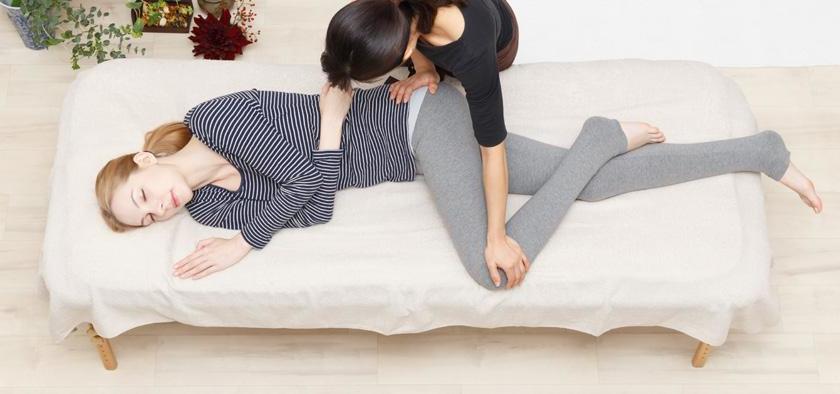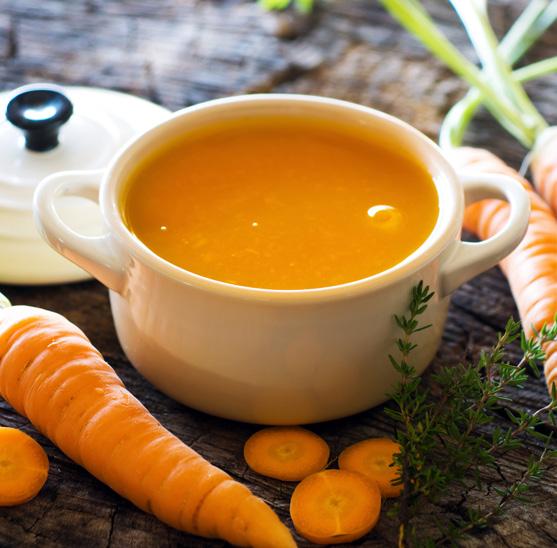
5 minute read
WELLNESS
Women’ s Health Women’ s Health& Chiropractic
By Dr. Aaron Dutruch D.C.
Advertisement
THE AVERAGE CHIROPRACTIC CLINIC IN THE US HAS A PATIENT POPULATION THAT IS APPROXIMATELY 60 PERCENT FEMALE. THIS COULD BE FOR ANY NUMBER OF REASONS, BUT IN MY PERSONAL EXPERIENCE, MY FEMALE PATIENTS ARE SIMPLY MORE IN TUNE WITH THEIR BODIES AND ARE MORE WILLING TO LOOK FOR HELP TO MAKE SURE THEY ARE FEELING THEIR BEST. THE MOST COMMON REASON THESE PATIENTS SEEK CARE IS FOR LOWER BACK PAIN FOLLOWED BY NECK PAIN AND HEADACHES.
Lower back pain can have many causes, in my female patient base, I see a lot of pelvic dysfunctions, and core instability. Pelvic dysfunction refers to abnormal or restricted motion of the pelvis (the sacroiliac joint) which can cause a sharp pain when going from a seated to a standing position or bending forward as well as chronic tension in the upper gluteal region.
This can also lead to similar symptoms seen in sciatica. A weakened core causes a change in the patient’s center of gravity placing more pressure on to the joints of the lower back instead of the discs and vertebral bodies that are designed to handle those pressures.
This can lead to disc degeneration and cause numbness/tingling or pain down the leg, as well as chronic lower back tension and local pain. Neck pain and headaches are often found together and can be caused by several things, most commonly, I find that increased tension within the muscles of the neck and upper back play a major role in these problems. This tension in the neck is often the bodies way to compensate for poor biomechanics (posture) as well as outside stresses in the patients life.
Treatment for these patients can fluctuate depending on the specific cause of the condition, but most benefit greatly from regular chiropractic adjustments to the affected region, as well as manual therapy to reduce muscle tension. Regular exercise is also crucial for patients in helping to maintain core strength and endurance. It is also an excellent tool to help manage stress levels. Studies have shown that regular exercise can increase a person’s ability to handle outside stressors. The exercise can be as simple as going for regular walks, which is also very beneficial for the female population because weight bearing exercise reduces the likelihood of developing osteoporosis, which is a condition that more regularly effects the female population. This condition is a decrease in bone density, frequently noted in the hips and can increase the risk for fractures and degeneration of the hip joints. Yoga and Palates are also a great way to increase your postural awareness and reduce stress.
In summary: Although there are several reasons to visit a chiropractic office, the most common reason our female population seeks help is for lower back pain, neck pain and headaches. These conditions benefit greatly from regular chiropractic adjustments and exercise. Over my time treating, I have noted several patients that haven’t been able to begin exercise due to pain. Chiropractic may be one of the best starting points for a patient that is looking to start on a journey to better health and overall wellness. If you are wanting to start feeling and moving better, reach out to a chiropractor near you so they can do their best to help you reach your goals.

CARROTS
By Christian Dischler

Known for their versatility as a healthy snack or an ingredient in a robust soup, carrots carry an abundance of health benefits parallel to their flavor profile. One of nature’s less polarizing vegetables, they are welcome additions to dinner plates and snack boxes worldwide. What makes this sweet veggie such a crucial part to a balanced diet? Simply put, carotenoids—phytonutrients first discovered in carrots and aptly named after them. Carotenoids can be found in a multitude of fruits and vegetables. They’re best categorized as the antioxidant rich phytonutrients that give certain plants their colors, and can be determined by which color they provide. In the case of carrots, beta-carotene gives them their vibrant orange color (and sometimes a rainbow of color). But aside from providing this world with a splash of vibrancy, carotenoids assist the human body with many functions and provide necessary health benefits. You’re likely familiar with carrots being responsible for helping with eyesight. Well, it’s not simply a rumor—there’s scientific validity to that statement. B-carotene helps counteract certain age-related eye diseases such as macular degeneration. Moreover, b-carotene is classified as a provitamin A carotenoid. Meaning our bodies convert some of it to valuable vitamin A, which is also responsible for aiding eyesight and boosting the immune system.
Even more impressive, carotenoid’s antioxidant properties are recognized for their cancer fighting abilities. B-carotene actively fight against harmful free radicals and are particularly strong in the prevention of breast cancer. Additionally, carotene gives our heart support by increasing our defenses against cardiovascular disease. Carrots also carry lutein, biotin, retinol and lycopene—making them resourceful in giving us healthier skin.
All of this without even mentioning how the fiber content of a carrot comprises 10 percent of our daily intake, and works overtime to balance gut bacteria. It’s clear why this bright veggie is important to incorporate in your diet. And it’s easy! Carrots can be inserted into almost any recipe that allows room for interpretation. It’s the main component in soups, stir-fry, cake, gravy, salads, you name it. But remember that a lot of these health benefits require the help of a fat, in order to ensure total absorption and maximize potential. So splash a little olive oil in the pan, toss an avocado in the salad, or get crazy with a dollop of butter and a drizzle of cane syrup on your steamed carrots.














